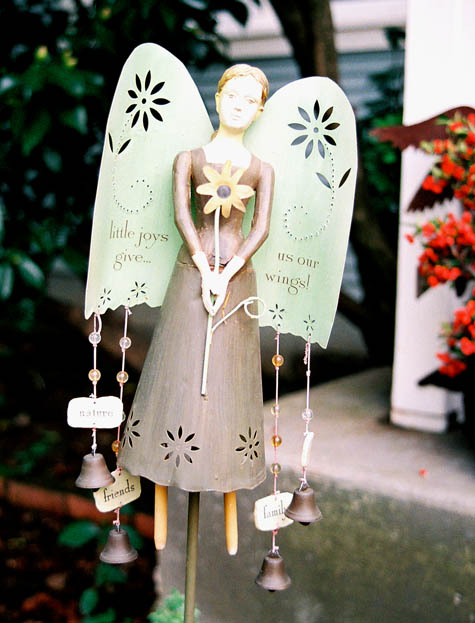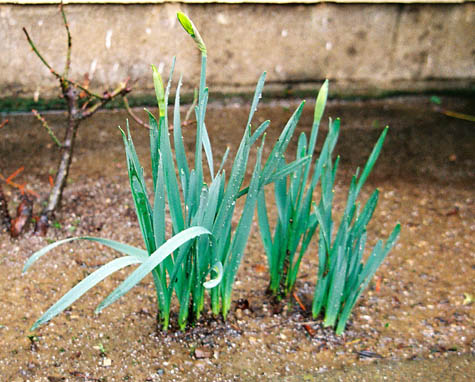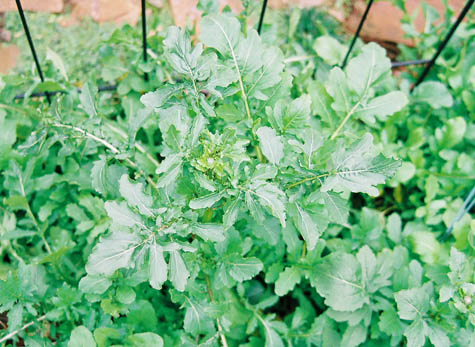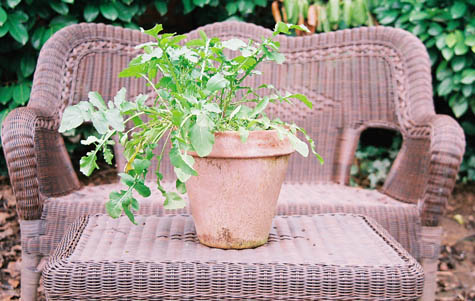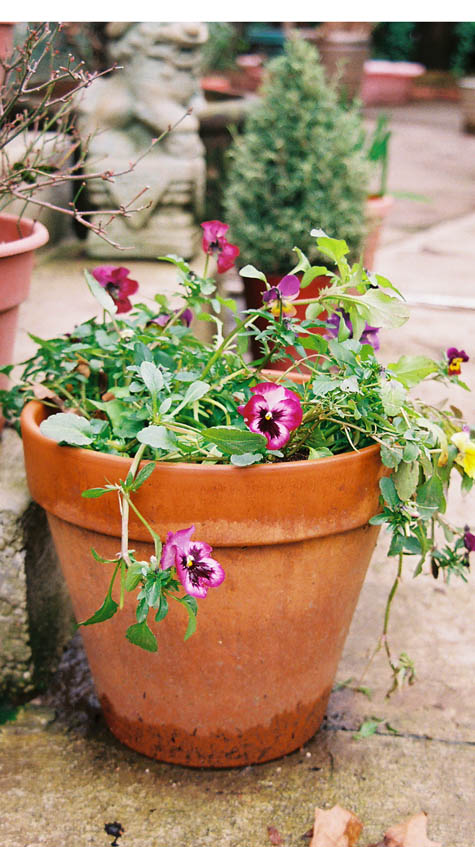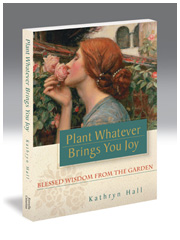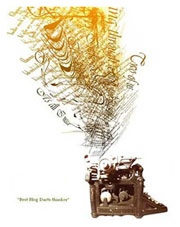
Book Notes this month continues with Celia Thaxter’s second best known work, Among the Isles of Shoals. Through a series of synchronistic events I am somewhat oddly pairing the book with a second review, of Stern Men, first novel by Elizabeth Gilbert of Eat Pray Love fame.
I would be remiss if I did not elaborate that the personal backdrop for these two books is my own genealogical connection with this coastal New England area, as this was part of the synchronicity that brought me to these two works, and which leads me to share this unfolding story with you.
I am a tenth generation American through my paternal Hall lines. My first Halls came to Plymouth Colony from England in 1636. George and Mary Hall. Hard to imagine, right? Among these early Halls was a small group, siblings of a direct line Hall, who went to live among these very islands, the culture of which is described in both Celia Thaxter’s Among the Isles of Shoals and, strangely, also by Elizabeth in Stern Men. So various worlds began to merge for me when I was first turned toward Thaxter by my friend David, as previously reported. Thaxter’s work roused my curiosity to begin exploring my early New England roots again along this early geographic trail. [Horribly an ancient uncle of mine is associated with a wretched story on Mantinicus Island, in which he apparently chooses to ignore fishing patterns of Indians who held those habits for probably time immemorial, and he is eventually ambushed in his home and I will let you fill in the blanks.] Anyway, I became very intrigued as these pieces of what I call The Ultimate Human Jigsaw Puzzle began to be placed in my path. One thing led to another and it was next that I discovered that Elizabeth Gilbert had written about these same folks along that island chain in Stern Men, and I knew instinctively that all these things were connected so I read her book next.
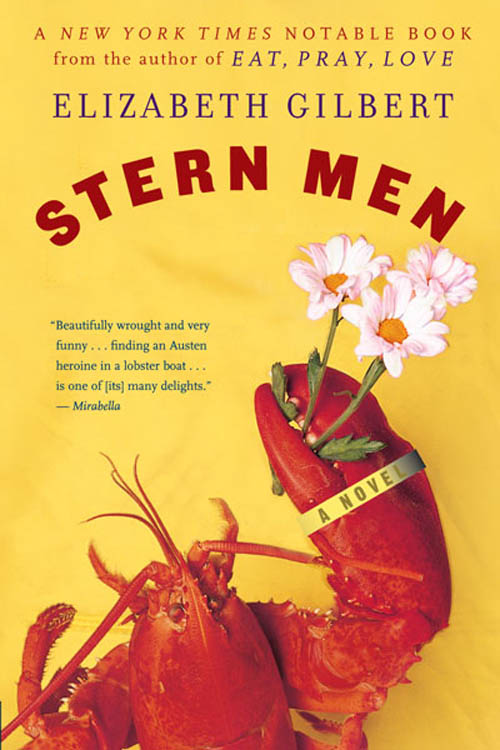
Sure enough, toward the very end of her book one of Elizabeth’s characters declares to the protagonist, “Did you ever hear of the Isles of Shoals?” and
in her acknowledgements Elizabeth states, “I was most helped by…the unpublished but thorough “Tales of Mantinicus Island.” Ah-ha! Full circle. You can imagine I will be trying to get my hands on that.
But meanwhile, what pertinence for us all? As a gardener I am most intrigued by the sheer contemplation of these stalwart rugged islanders, described in both texts, who would relish not only growing their own food on a slim island in the Atlantic Ocean, but I also find myself asking what must they have been made of to long for such isolation and solitude and separation and survival challenges?
Gilbert’s book Stern Men traces a young woman’s life on an imaginary island off the coast of Maine, hardly concerned with gardening, but with uncovering the story of her life, her parents’ lives and where she fits as a woman into that rugged fishing community. Through Gilbert’s well-developed though quirky characters we learn much about these islander inhabitants, most likely unchanged for centuries.
Thaxter in Among the Isles of Shoals provides a much more in-depth look at the environ in which she found herself from an early age, where we have already learned, that at age five she started her first garden. My earlier review of An Island Garden details these activities. This final book of her life paints with broad brush strokes the fascinating life of yet another young woman–herself!– among strong men whose lives are tied irrevocably to the ocean. I was so struck by her telling of a storm so fierce one winter that she’d heard of a flock of sheep that had been buried in snow for several days and all but one survived. Yet Thaxter’s love for these islands, her garden and the people who lived among her is evident on every page, and we are privileged to share her view.
As unlikely a pair of books as these seem, they are actually fine companions and one would be well advised to read them back to back. I loved both these books for the insights they offer into another time and place, part of the American heritage and a reminder of what was sown before we arrived, making all we count as our blessings possible.
Spring blessings!
Kathryn
Postscript: Thank you to both Houghton Mifflin and University Press of New England for their kind assistance with covers!
Posted on February 9th, 2008 by Kathryn
Filed under: Book Notes | 8 Comments »

